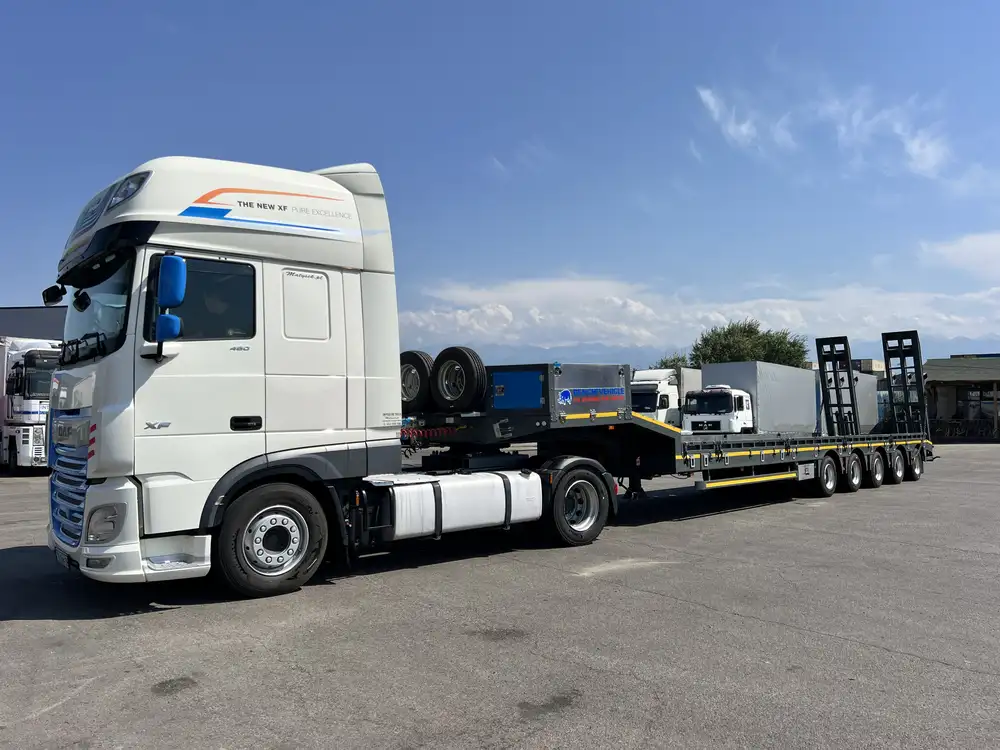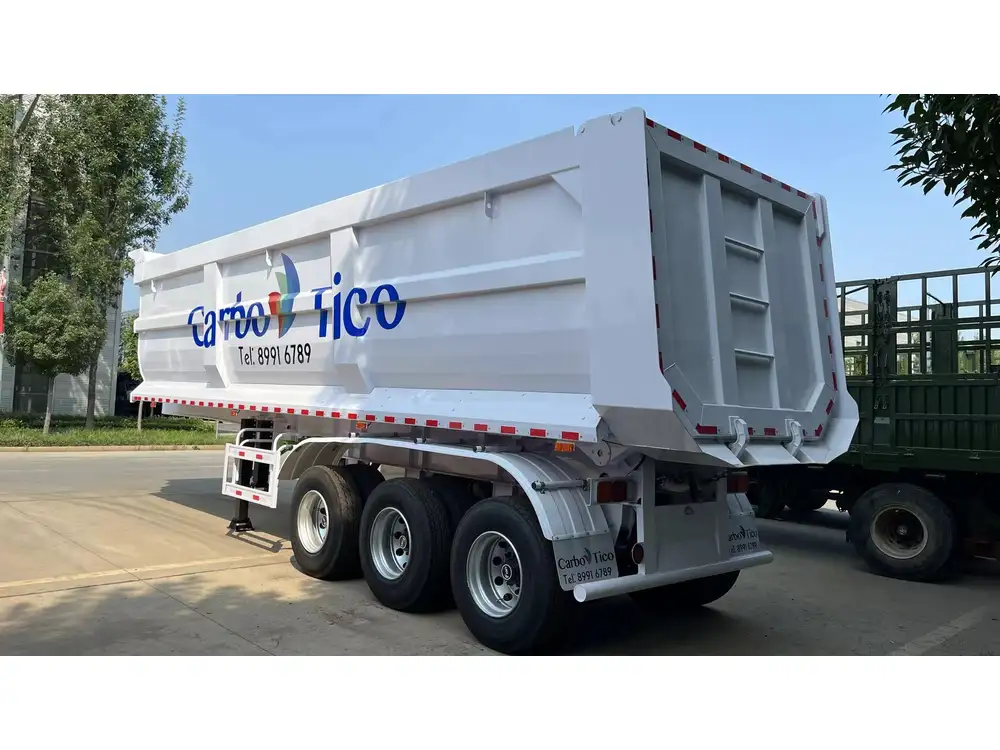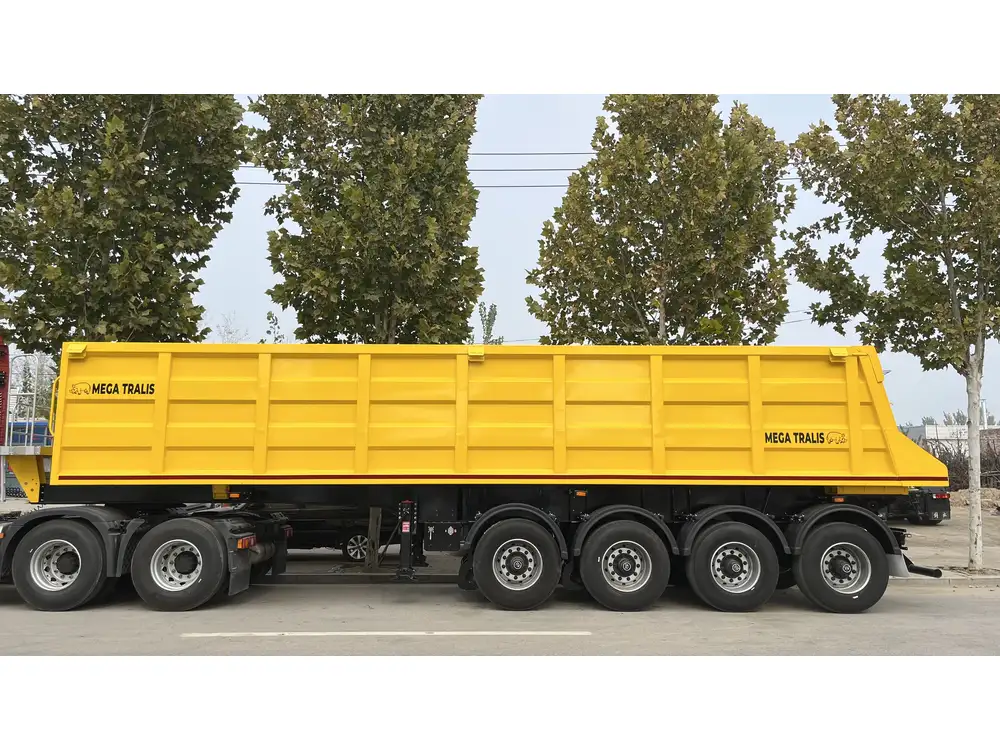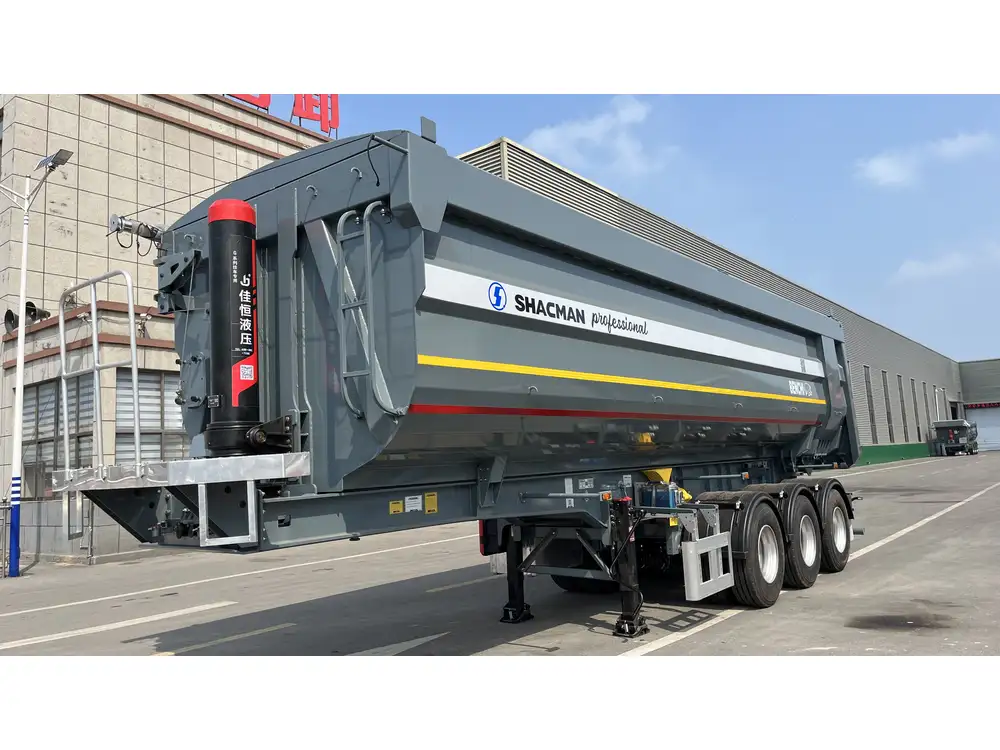The semi-trailer industry is a cornerstone of logistics and transportation, offering tangible solutions to myriad freight challenges. Among the notable players in this arena, the Vanguard Reefer semi-trailer stands distinguished, particularly for its insulation and refrigeration capabilities. In this comprehensive analysis, we delve into the myriad factors influencing the weight of the 2020 Vanguard Reefer semi-trailer, addressing questions that logistics managers, transport companies, and trucking professionals often ponder.
Key Specifications of the 2020 Vanguard Reefer Semi Trailer
Overview of Vanguard Reefer Trailers
Vanguard Manufacturing is renowned for its innovative designs, particularly in creating refrigerated trailers—or reefers—that meet the demands of modern supply chains. Here is a quick overview of what makes the Vanguard Reefer crucial in the transportation of perishable goods:
| Feature | Description |
|---|---|
| Model Year | 2020 |
| Dimension | Typically ranges from 28 to 53 feet |
| Insulation | High-density foam insulation for temperature retention |
| Liftgate | Optional hydraulic liftgate for easy loading/unloading |
| Weight Capacity | Varies based on configurations and materials used |

Weight Types Explained
When discussing the weight of a semi trailer, it’s important to differentiate among various weight classifications:
- Tare Weight: The weight of the trailer when empty, without cargo.
- Gross Vehicle Weight (GVW): The total weight of the truck and the trailer with the load.
- Payload Capacity: The maximum weight of cargo a trailer can carry, excluding the tare weight.
Breaking Down the Weight of a 2020 Vanguard Reefer Semi Trailer
Average Weight Overview
The tare weight of the 2020 Vanguard Reefer semi-trailer generally ranges from 10,000 to 12,500 pounds (4,540 to 5,670 kg). However, several factors can influence this weight, which we will elaborate upon.

Construction and Material Influence
One of the primary determinants of the weight of a Vanguard Reefer is the materials used in its construction. The trailers commonly utilize high-strength steel and aluminum, balancing durability with weight considerations. The choice of material impacts both the tare weight and the payload capacity. The following are common materials used:
- Aluminum: Lighter, providing improved payload capacity but may be less durable in specific applications.
- High-Strength Steel: Offers enhanced durability, often preferred for heavy-duty applications but results in a heavier trailer.
| Material Type | Impact on Weight | Durability | Typical Use Cases |
|---|---|---|---|
| High-Strength Steel | +800 pounds | Excellent | Heavy-duty freight |
| Aluminum | -1,500 pounds | Good | Standard operations |
Dimensions and Configurations
The dimensions of the trailer play a crucial role in its overall weight:
Length: Vanguard offers reefers that can measure anywhere from 28 to 53 feet. The longer the trailer, the more weight it typically carries due to the additional material required for heightened length.
Width and Height: Standard widths are usually about 8.5 feet, but custom configurations can range wider. The height also affects aerodynamics and thus can influence operational efficiency, though the weight difference might be minimal.
Axle Configuration: The configuration of axles is pivotal. A typical Vanguard Reefer can come with two to five axles, impacting the distribution of weight. More axles can increase the tare weight but improve load distribution and stability.
Refrigeration Unit Weight
A significant contributor to the tare weight of a reefer trailer is the refrigeration unit. This unit usually weighs between 2,000 and 3,000 pounds (900 to 1,360 kg). The additional weight is crucial, as a more powerful unit allows for better temperature control, catering to diverse perishable products.

Optional Features Weighing Considerations
Vanguard offers various optional features which can influence weight:
Liftgates: Adding a hydraulic liftgate can increase weight by up to 500 pounds (227 kg) but provides essential functionality for loading heavy items.
Tracking and Monitoring Systems: Advanced GPS and telemetry systems can add weight but are invaluable for logistics operations, ensuring compliance with regulations and optimizing routes.
Comparing Vanguard Reefer with Competitors
Understanding how the 2020 Vanguard Reefer semi-trailer stacks up against its competitors highlights its strengths and weaknesses nonetheless.
| Trailer Manufacturer | Tare Weight Range | Features | Key Benefits |
|---|---|---|---|
| Vanguard | 10,000 – 12,500 lbs | Advanced insulation | Superior temperature control |
| Great Dane | 10,500 – 13,000 lbs | Composite construction | Lightweight, high capacity |
| Thermo King | 11,000 – 12,000 lbs | Integrated units | Efficiency in temperature regulation |
| Wabash National | 10,200 – 12,800 lbs | Custom configurations | Flexible to specific industry needs |
Real-World Applications and Considerations

Transport of Perishable Goods
The Vanguard Reefer semi-trailer is specifically designed for transporting perishable goods like food, pharmaceuticals, and other temperature-sensitive items. Its insulation properties ensure that goods remain fresh, reducing waste and maximizing profitability.
Regulatory Compliance and Weight Load Limits
A crucial aspect of operating a semi-trailer is adherence to weight regulations. In the United States, the maximum allowable weight for a semi-trailer combination is generally 80,000 pounds (36,288 kg), including the truck, trailer, and cargo. Understanding the tare weight of the Vanguard Reefer is vital for compliance to prevent costly fines and ensure safe transportation.
Importance of Payload Capacity
Maximization of payload capacity is essential to maintain efficiency in operations. Higher tare weights can restrict payload capacity, altering operational margins. Thus, companies must assess whether the Vanguard Reefer’s tare weight aligns with their operational goals.

The Future of Reefer Trailers: Innovations on the Horizon
The semi-trailer industry is ever-evolving, with technological advances poised to redefine efficiency, weight management, and operational capabilities. Innovations to anticipate include:
Lightweight Materials: Continued exploration into advanced composite materials to reduce tare weight while preserving durability and efficiency.
Smart Refrigeration Technology: Integrating IoT (Internet of Things) technologies to enhance temperature monitoring, leading to better energy management and operational efficiency.
Sustainability Measures: Development in environmentally-friendly refrigerants and energy sources that reduce the carbon footprint of operations.
Conclusion
It is prudent for operations within the transportation and logistics sector to have a comprehensive understanding of the 2020 Vanguard Reefer semi-trailer’s weight implications. From factors such as construction materials to optional features that enhance functionality, weight plays a pivotal role in determining both operational viability and regulatory compliance. As advancements continue to shape the future of the industry, staying informed will empower fleet operators to make educated decisions that optimize performance and sustainability. By prioritizing details from travel compliance to payload capacity, you can harness the Vanguard Reefer to its fullest potential in bringing perishable goods to market effectively and efficiently.



